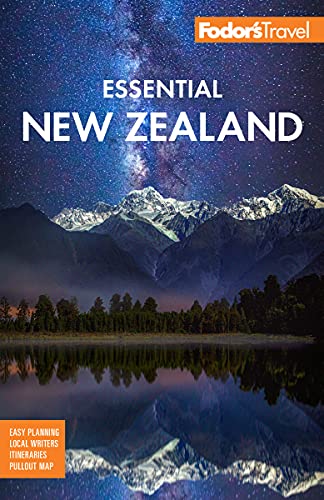Egmont National Park
On the western tip of the North Island, Mt. Taranaki (or Mt. Egmont, as Captain Cook called it) is a steeply sloped, symmetrically shaped volcanic peak that dominates the region's landscape, weather, and history.
New Zealand's second-oldest national park, Egmont, was created in 1900 to protect the 8,261-foot-high mountain and its surrounding forests. From a distance the landscape of this national park looks simple; a cone-shape mountain draped white with snow in winter and flanked by a near-perfect circle of forest. Look closer, or try walking on the park trails, and a different picture emerges. Thousands of years of volcanic buildup and erosion have crafted steep gullies and rivers, immense lava bluffs, unstable slips, and forests of everything from moss-covered "goblin" trees to tall, ancient forest giants. It makes a fascinating place to explore, and thankfully there are many ways of doing this no matter what your level of fitness.
Best Time to Go
December through March is the best time for walking, hiking, viewing alpine flowers, and making summit ascents. Experienced or guided mountaineers can snow- and ice-climb in July and August. Skiing is available July through September (depending on snow levels).
Best Ways to Explore
Take a Short Walk. Several gentle, well-signposted walking trails leave from the three main park entrances. Some top examples are Wilkies Pools, which takes in mountain streams, sculpted rocks, and goblin forest (1½-hour round-trip); Patea Loop, encompassing mountain cedar forest and stony riverbeds (two hours); and Potaema, with giant rimu and rata forest plus a vast wetland (20 minutes).
Take a Scenic Drive. Three main access roads lead into the park, climbing steeply (allow 10 to 20 minutes) up the mountain's forest-lined lower slopes and, in some areas, opening up stunning views. Short strolls along these roads enable you to appreciate the plants, trees, waterfalls, and streams. The interesting displays and photos at the main North Egmont Visitor Centre enhance the experience—as will the taste temptations in the café.
Take a Long Hike. The two- to three-day Pouakai Circuit explores all the park's landscapes: subalpine terrain, lava cliffs and gorges, the vast Ahukawakawa wetland, the tussock tops of the Pouakai Range, and lichen-covered goblin forest. The one-day Pouakai Crossing takes in much of the Pouakai Circuit and descends through forest to the western park boundary (transport shuttles required). Hiking around the mountain (four to five days) is another option, if you're keen to climb in and out of steep gullies and through mud. A second mountain loop above the tree line (three to four days) can be stunning in summer, icy in winter, and exposed to extreme weather at any time.
Climb the Mountain. The steep climb is a serious undertaking, especially with frequent bad weather. The mountain is sacred to the local Māori people, so they ask that climbers respect its spirituality and not clamber over the summit rocks. The main summer route (seven to eight hours round-trip) follows the northeast ridge. When there's no snow, it's all rock underfoot—slippery shingle or big tangled boulders. In winter, climbing is technical, requiring snow- and ice-climbing gear and expertise. Mountain guides can be hired in both winter and summer.
Egmont Eco-Stays
If you stay in the park rather than driving in and out from city accommodations, you'll have a better chance of becoming one with this magnificent natural realm. Experience sunset or sunrise, watch the light change across the summit snows, and hear the birds waking in the forest. The Camphouse (www.doc.govt.nz/parks-and-recreation/national-parks/egmont/places-to-stay), in North Egmont, provides self-catering, backpacker-style accommodations in a grand setting, just above the tree line. Set 2,625 feet up the mountain, Ngati Ruanui Stratford Mountain House, in East Egmont, promises forest freshness, cool air, and camera-ready views .




